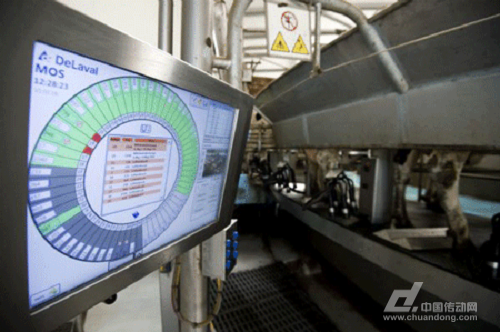The goal pursued by manufacturers is simple. It is nothing more than reducing costs, improving quality, increasing availability, and increasing output. Therefore, old production equipment and traditional technologies must be eliminated and updated.
The new technology and industrial Internet of Things will drive the transition and have a profound impact on global manufacturing.
According to IoTBusinessNews, the new technology and Industrial Internet of Things (IIoT) have driven this wave of manufacturing transition and have had a profound impact on global manufacturing. A 2016 LNS Research survey found that 51 percent of manufacturers interviewed in the next year said they would invest in industrial Internet of Things, and 75 percent said they would invest in the field sooner or later.
The manufacturing management layer is facing industrial IoT and Industry 4.0. This will allow the plant to have networking capabilities, real-time, digital integration, and prevention. Second, it will use IoT technology that can be quickly deployed, quickly realize value, and continues to evolve. , but also provide a modern experience through the web, mobile devices and augmented reality (AR).
Industrial IoT helps manufacturers improve operational efficiency and flexibility through digital manufacturing, real-time intelligence and predictive analytics. The manufacturing transformation is mainly divided into three stages.

The first stage is "knowing," which means mastering existing data in real time, including connecting assets, sensors, business systems, and external data sources in real time. Once anomalies in assets and performance occur, alerts are issued in real time. In addition, simplification of data and a role-based approach to operational efficiency are seen, as are smart sensors and modern technologies to enhance existing facilities.
As a result, it is expected to improve the quality and reliability of information, reduce unanticipated downtime, increase the efficiency of operations and maintenance, and improve product quality. For example, once there was a transportation manufacturer, it took only a few weeks to deploy and it reduced the unplanned downtime by 10 to 20%.
The second stage is "progression." Once real-time data is available, manufacturers must perform predictive analysis of machine health and quality control processes, such as predicting when the machine may fail. In addition, 3D and AR technologies are used to guide workers, digitally design manufacturing processes and quality control plans, and continuously improve manufacturing applications.
This is expected to accelerate the pace of progress, improve efficiency and flexibility, improve labor efficiency, improve product quality, and optimize maintenance processes. For example, a shipbuilder simplifies product R&D and manufacturing processes and finally delivers on time within budget.
The third stage is “Beyondâ€, trying to extend the above capabilities to the enterprise management level, including mastering the supplier’s production efficiency and quality, synchronizing various resources to ensure flawless production, using key performance indicators (KPIs) and performance benchmarks. Find out the best practices and deploy closed-loop processes for physical numbers to stimulate progress.
In this way, the production process can be improved, the interest rate can be improved, unexpected stoppages can be reduced, pre-operations can be shortened, and the on-site reaction capability can be improved. For example, there is a Fortune Global Top 50 Food & Beverage Company, which has managed to allow decision makers to gain insight into all operational processes and to increase productivity by 8 to 10%.
5000Puffs Disposable Vape,E-Cigarette R&M 5000Puffs,5000Puffs Vape Pod,5000Puffs E-Cigarette Pod Device
Shenzhen Uscool Technology Co., Ltd , https://www.uscoolvape.com